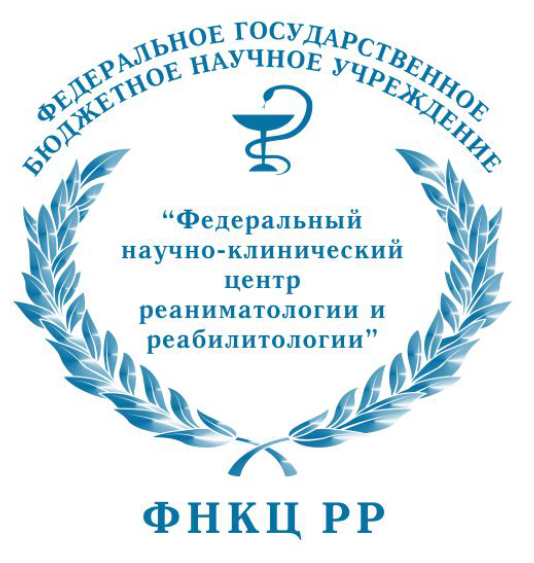
|
ИСТИНА |
Войти в систему Регистрация |
ФНКЦ РР |
||
Herpetofaunal diversity and endemism in Indochina: new discoveries and biogeographic patternsдоклад на конференции
- Автор: Poyarkov N.A.
- Международная Конференция : 19th SEH European Congress of Herpetology
- Даты проведения конференции: 18-23 сентября 2017
- Дата доклада: 19 сентября 2017
- Тип доклада: Пленарный
- Докладчик: Poyarkov N.A.
- Место проведения: Зальцбург, Австрия
-
Аннотация доклада:
Indochina has long been recognized as a major evolutionary hotspot. The region cradles one of the world’s richest herpetofauna: the Eastern Indochina (Vietnam, Cambodia and Laos) together with Thailand hosts around 372 [384] species of amphibians and 726 [734] species of reptiles. The species diversity of amphibians and reptiles has been remarkably increasing, and the significant portion of this diversity was discovered only within the last 20 years. E.g., in Vietnam the number of recorded species of amphibians increased almost three folds from 82 to 235 [244] species (298%) and of reptiles almost two folds from 258 to 431 [443] species (172%). Despite this remarkable progress, our knowledge on herpetofaunal diversity of the Indochinese region remains insufficient. The general understanding of Indochina's herpetofaunal biogeography and its origins is also hampered by (1) uneven knowledge and surveying efforts on herpetofauna of different areas; (2) high speed of new data accumulation; (3) long-term anthropogenic modification of habitats; (4) absence of a wide-scale phylogenetically based analysis of species diversity and endemism patterns in Indochina. On the coming opportunity, I would like to review research results of my colleagues and myself, with special reference to contributions of morphological, bioacoustic and especially of molecular data. I will argue that the main factors shaping herpetodiversity of Indochina are: 1) Long and complex geological and climatic history of the Indochinese landmass, led to a high percent of in situ diversification. Within-area diversification and subsequent emigration appear to play a key role in formation of Indochinese herpetofauna since at least the early Miocene. Some striking examples of highly divergent relic lineages of amphibians and reptiles will support this statement. 2) Geographic location of Indochina, lying on the cross-roads between Eastern Asia, Indian subcontinent and Sundaland, facilitated faunal exchange between these areas. Cycles of connection and isolation between Mainland Asia and Sundaland allowed dispersal events from Indochina to Borneo and Malaya and vice versa. The Indian collision also led to multiple faunal exchanges between Indochina and Indian subcontinent, which went in both directions. Several groups of amphibians and reptiles show examples of dispersal between Indochina and Australasia. 3) Mountain areas of Indochina, in particular the Annamites and the Cardamoms, represent independent areas of elevated (micro)endemism. Isolated montane forest islands enabled diversification through vicariance; it appears that cases of long-distance dispersal from other forest islands were quite limited. Offshore islands of Indochina also played an important role in shaping regional herpetodiversity. Another fascinating example of high local endemism is connected with karst areas of northern Vietnam and Laos. 4) The major river basins of Indochina (Mekong, Chao Phraya and Red River) act as an important zoogeographic barriers for both regional faunas and on the level of cryptic species complexes. Some examples of molecular and bioacoustic analyses will illustrate this. 5) High diversity of climatic conditions in Indochina led to ecological specialization in certain groups, which include remarkable examples of diversification through ecological opportunity. The Indochinese Peninsula is a region with a globally important level of herpetofaunal diversity. Accelerated efforts to conserve Indochinese herpetofauna, currently housing the highest levels of amphibian and reptile species richness, are critically required.
- Добавил в систему: Поярков Николай Андреевич